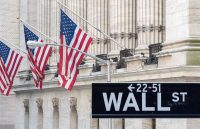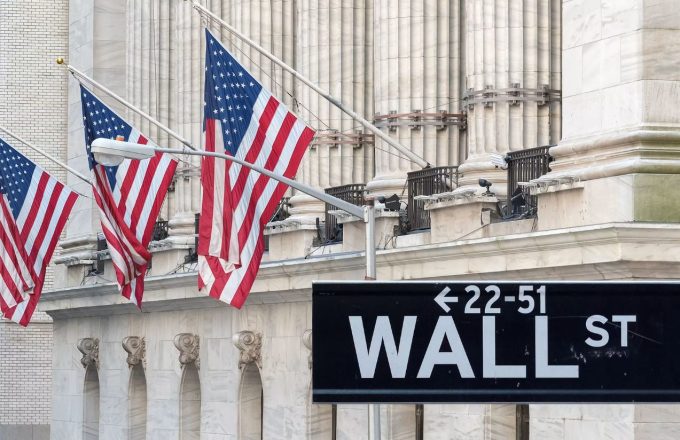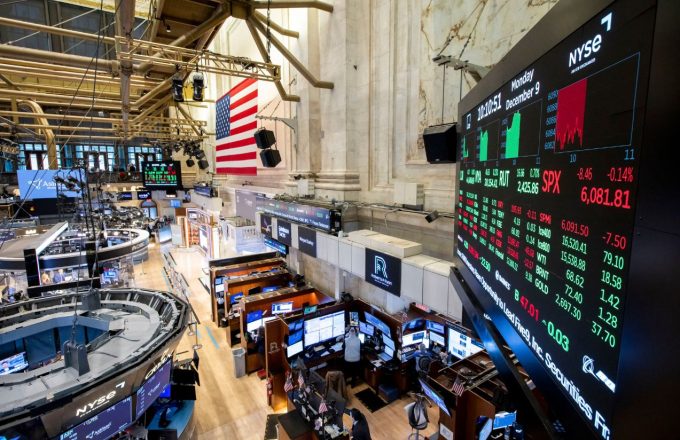U.S. President Donald Trump has issued a new trade warning that has sent shockwaves through international markets. In a post on his Truth Social account, Trump threatened to impose 50% tariffs on products from the European Union starting June 1, 2025, unless substantial progress is made in trade negotiations with the bloc.
“The European Union was created primarily to take advantage of the United States in trade,” Trump wrote. “Their trade barriers, VAT, absurd corporate sanctions, non-monetary restrictions, currency manipulation, and baseless lawsuits against our companies have created an annual trade deficit of over $250 billion. This is unacceptable.”
He added, “Our talks with them are going nowhere! Therefore, I am proposing a straight 50% tariff on EU products. This tariff will not apply if the product is made in the United States. Thank you for your attention!”
Markets responded swiftly. On Wall Street, major indices posted sharp losses: as of 13:40 GMT, the S&P 500 was down 1.02%, the Dow Jones dropped 0.88%, the Nasdaq fell 1.26%, and the Russell 2000 edged down 0.05%.
European markets also tumbled. London’s FTSE 100 slid 0.90%, Paris’ CAC 40 plunged 2.73%, Frankfurt’s DAX dropped 2.20%, and the Euronext 100 fell 2.29%.
Trump’s announcement comes during a particularly volatile week for markets, driven by growing concerns over the ballooning U.S. government debt. On Thursday, Wall Street closed with mixed results: the S&P 500 dipped 2.60 points to close at 5,842.01, the Dow Jones fell 1.35 points to 41,859.09, while the Nasdaq gained 53.09 points, ending at 18,925.73.
The tech sector was the day’s bright spot, with gains in major firms like Alphabet, Google’s parent company (+1.4%), and Nvidia (+0.8%). These increases helped offset broader losses across the S&P 500.
According to the Associated Press, part of the market’s instability stems from uncertainty in the bond market, especially following the House of Representatives’ approval of a bill that could significantly increase the national debt.
U.S. Treasury yields—closely watched by investors—held relatively steady on Thursday after a morning of fluctuations. The 10-year Treasury yield hit a high of 4.63% before slipping back to 4.54%, signaling investor concern over Washington’s ability to manage its mounting debt. Rising yields could make borrowing more expensive for both households and businesses across the country.




















